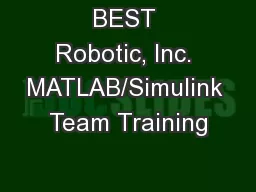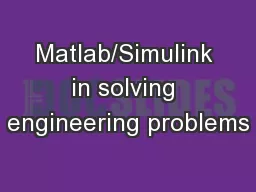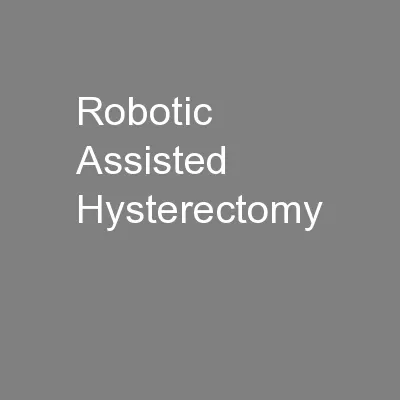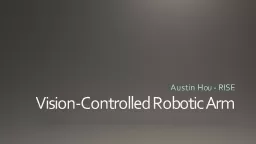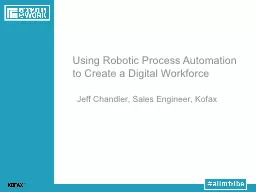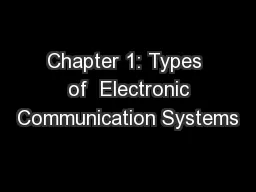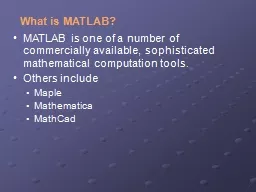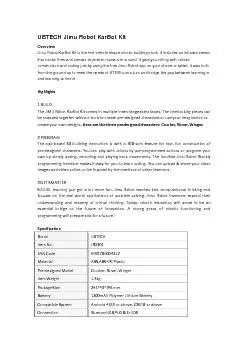PPT-BEST Robotic, Inc. MATLAB/Simulink Team Training
Author : lois-ondreau | Published Date : 2018-09-21
Programming With MATLABSimulink September 10 2016 1 BISON BEST What Youll Need Minimum System Requirements Microsoft Windows 7 or Later 32bit or 64bit machine Administrator
Presentation Embed Code
Download Presentation
Download Presentation The PPT/PDF document "BEST Robotic, Inc. MATLAB/Simulink Team ..." is the property of its rightful owner. Permission is granted to download and print the materials on this website for personal, non-commercial use only, and to display it on your personal computer provided you do not modify the materials and that you retain all copyright notices contained in the materials. By downloading content from our website, you accept the terms of this agreement.
BEST Robotic, Inc. MATLAB/Simulink Team Training: Transcript
Download Rules Of Document
"BEST Robotic, Inc. MATLAB/Simulink Team Training"The content belongs to its owner. You may download and print it for personal use, without modification, and keep all copyright notices. By downloading, you agree to these terms.
Related Documents

